In a world where innovation and tradition often intertwine, the art of watchmaking stands as a testament to human ingenuity and meticulous craftsmanship. Each timepiece is not merely a tool for measuring time but a canvas that reflects a rich tapestry of materials and techniques passed down through generations. From the gleam of precious metals to the delicate intricacies of complications, the elements that compose these extraordinary devices tell stories of both design and engineering prowess. In this exploration, we delve into the myriad materials that breathe life into timepieces, uncover the secrets behind age-old craftsmanship, and celebrate the relentless pursuit of precision that defines the horological universe. Join us as we embark on a journey through the intricate world of watches, where every tick and tock resonates with history, elegance, and the relentless passage of time.
The Art of Craftsmanship: A Deep Dive into Watchmaking Techniques
Watchmaking is often regarded as a delicate fusion of science and art, where each component is meticulously crafted to harmonize within a seamless assembly. The heart of any timepiece lies in its movement, a complex mechanism that translates the passage of time into tactile and visual pleasure. Key techniques employed in watchmaking include:
- Guilloché: A method of engraving intricate patterns on watch dials, enhancing both aesthetic appeal and depth.
- Champlevé: Involves carving out sections of a metal surface to create a visually striking contrast using color pigments.
- Perlage: A surface decoration technique, where tiny overlapping circles are created, adding texture and refinement.
Beyond mere functionality, the choice of materials plays a pivotal role in the artistry of timepieces. Craftsmen select elements that not only serve a purpose but also radiate beauty and durability. Some favored materials include:
- Stainless Steel: Known for its resilience, offering a blend of strength and shine.
- 18K Gold: A classic choice, embodying luxury and timelessness.
- Sapphire Crystal: Highly scratch-resistant, protecting the dial while providing clarity.
| Material | Properties | Common Use |
|---|---|---|
| Stainless Steel | Durable, Rust-resistant | Watch cases and bracelets |
| 18K Gold | Luxurious, Non-tarnishing | Cases and decorative elements |
| Sapphire Crystal | Scratch-resistant, Non-reflective | Protection for watch faces |
Materials Matter: Understanding the Elements Behind Iconic Timepieces
In the realm of horology, the choice of materials is not merely a practical consideration but an artistic endeavor that influences aesthetics, durability, and functionality. Each element contributes to the story that a watch tells, melding tradition with innovation. **Stainless steel**, known for its strength and resistance to corrosion, often serves as a foundational material, while **gold** and **platinum** bring a sense of luxury and exclusivity. Additionally, newer materials such as **ceramics** and **carbon fiber** have revolutionized the industry by offering lightweight yet robust options, providing modern timepieces with both style and substance.
The craftsmanship behind these materials is equally significant, requiring skilled artisans who possess an intimate understanding of their properties. For example, **watch dials** may utilize various finishes, such as guilloché or enamel, showcasing the meticulous attention to detail that elevates a piece from a mere object to a work of art. In the heart of the watch, the **movement** itself often features components made from innovative alloys designed to enhance precision. The interplay of these materials can be summarized in the following table:
| Material | Characteristics | Usage |
|---|---|---|
| Stainless Steel | Durable, Corrosion-resistant | Watch cases, bracelets |
| Gold | Lustrous, Traditional luxury | Cases, crowns, bracelets |
| Ceramics | Lightweight, Scratch-resistant | Bezels, watch cases |
| Carbon Fiber | Lightweight, High-tech appeal | Cases, straps |
| Enamel | Rich color, Highly aesthetic | Watch dials |
The Future of Horology: Innovations in Materials and Sustainable Practices
As the watchmaking industry evolves, **innovations in materials** are redefining the landscape of horology. Traditional metals such as gold and stainless steel continue to dominate the market, but cutting-edge alternatives like **silicon** and **carbon nanotubes** are gaining attention for their durability and lightweight properties. Additionally, the use of advanced ceramics is not only enhancing aesthetic appeal but also promising scratch resistance and hypoallergenic qualities. These modern materials create timepieces that are not only functional but also remarkably resistant to wear and tear, therefore extending their lifespan and appeal.
Equally vital in the conversation of horology’s future is the commitment to **sustainable practices**. Many brands are now prioritizing eco-friendly production methods, employing recycled metals and responsibly sourced materials to reduce their environmental footprint. This dedication is reflected in initiatives such as:
- Eco-Friendly Packaging: Utilizing biodegradable and recycled materials for packaging.
- Energy-Efficient Manufacturing: Implementing renewable energy sources in production facilities.
- Responsible Sourcing: Ensuring gemstones and metals are ethically mined.
These methods not only resonate with the environmentally conscious consumer but also set a standard for the entire industry, pushing other brands to follow suit. As we advance into a future where watches serve as more than just timekeeping tools—emphasizing sustainability and innovation—crafted timepieces become artifacts of modern craftsmanship, embodying both function and responsibility.
The Way Forward
As we draw the curtains on our exploration of timepieces, it becomes clear that the world of watchmaking is a captivating intersection of artistry and precision. The materials chosen—from the gleam of stainless steel to the warmth of rose gold—tell stories of both innovation and tradition, while the meticulous craftsmanship guarantees that each watch is not merely a tool for telling time, but a testament to human ingenuity.
Through this journey, we’ve delved beneath the surface, appreciating how every curve and texture contributes to the watch’s identity, reminding us that every timepiece is a unique narrative encapsulated in metal and glass. Whether it’s a sleek modern design or a vintage classic, each watch serves as a reminder that time is not merely measured, but celebrated.
As you contemplate your next timepiece, consider the layers of thought and skill that have gone into its creation. In a world obsessed with immediacy, let us not forget the beauty of craftsmanship that stands the test of time. So, as you strap on your own piece of horological art, remember: you’re not just wearing a watch; you’re holding a fragment of history, a blend of materials and mastery—a true celebration of time itself.


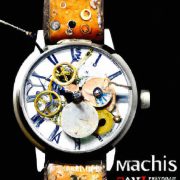




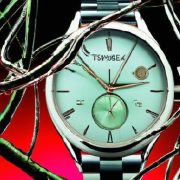








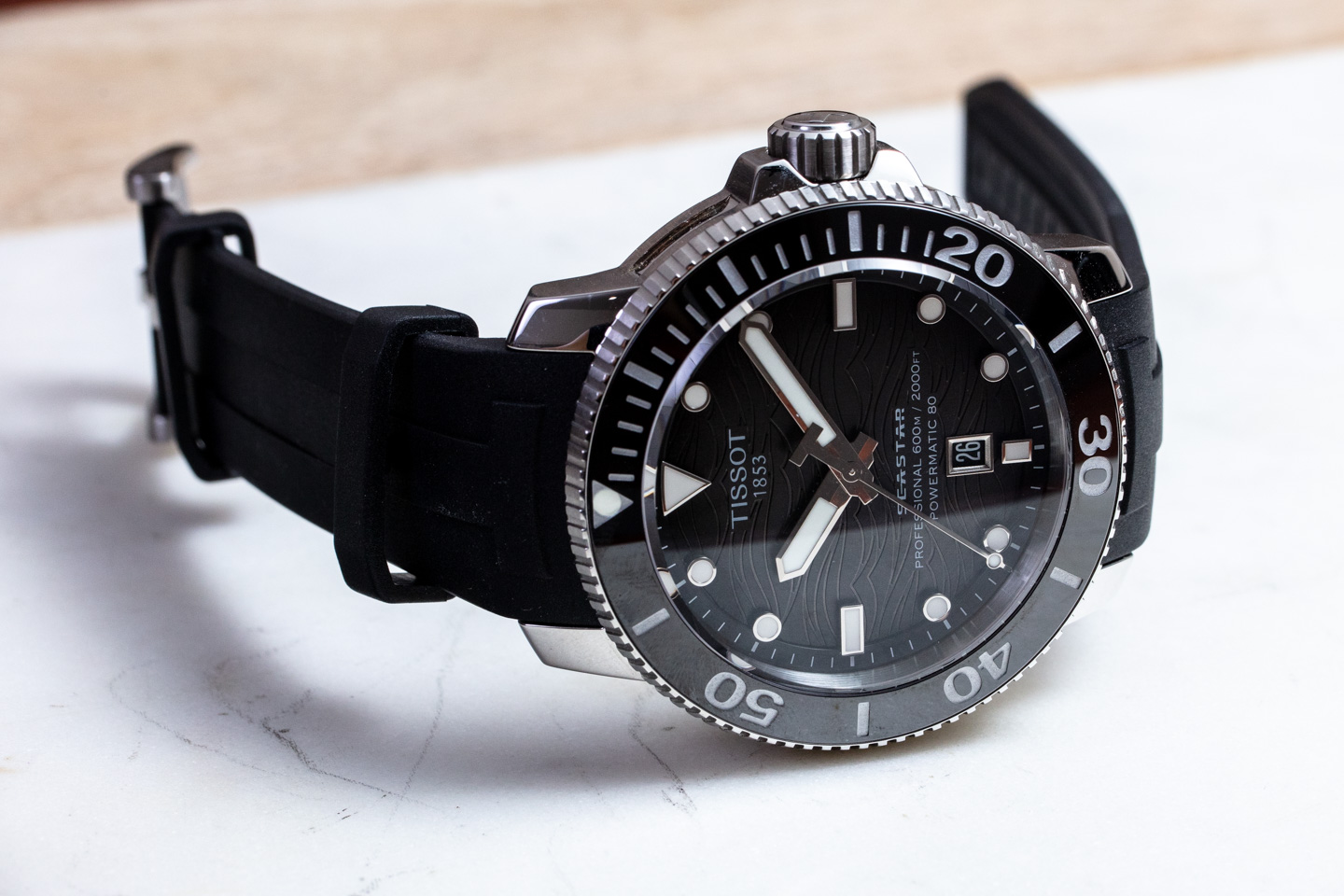
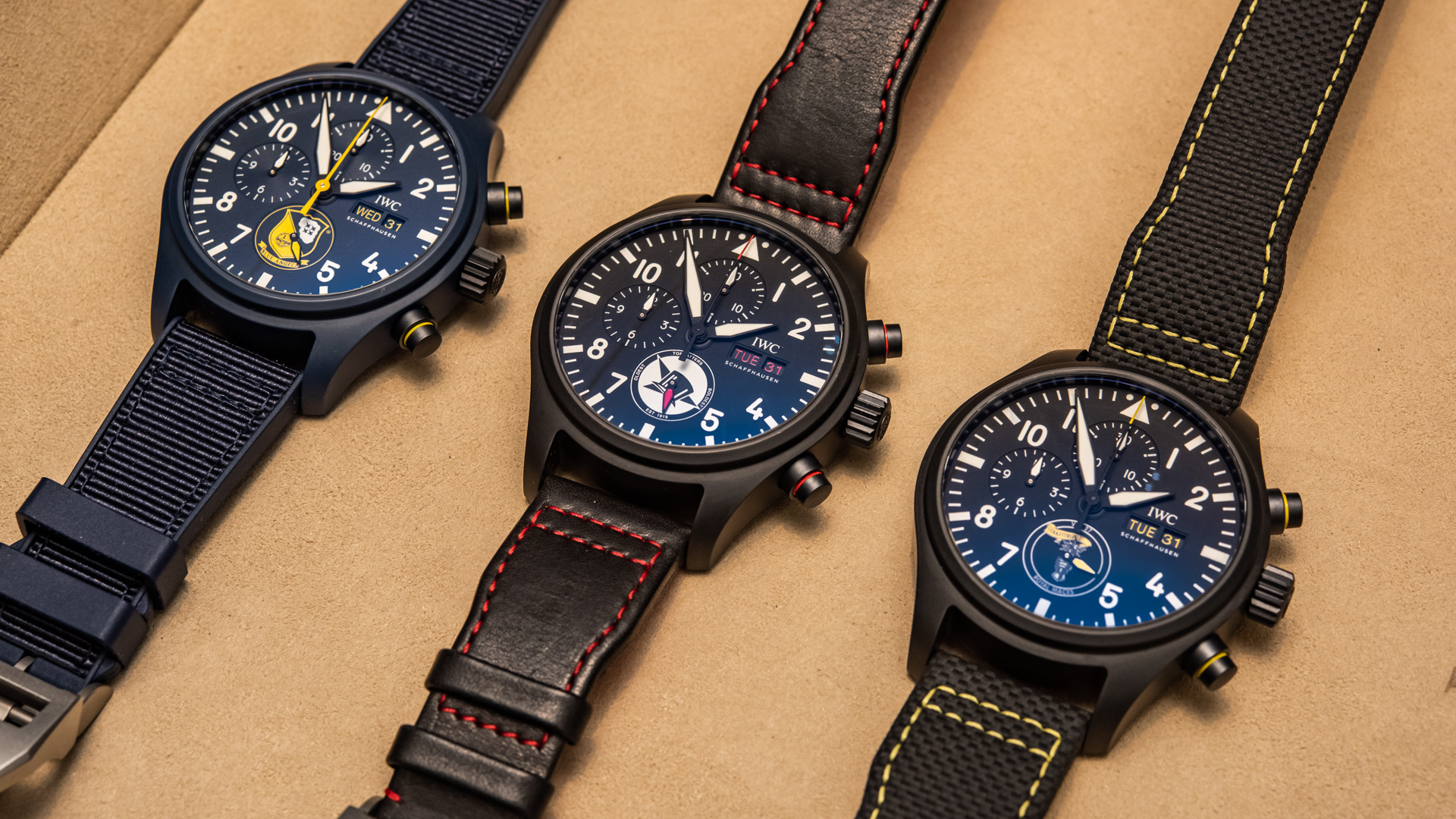
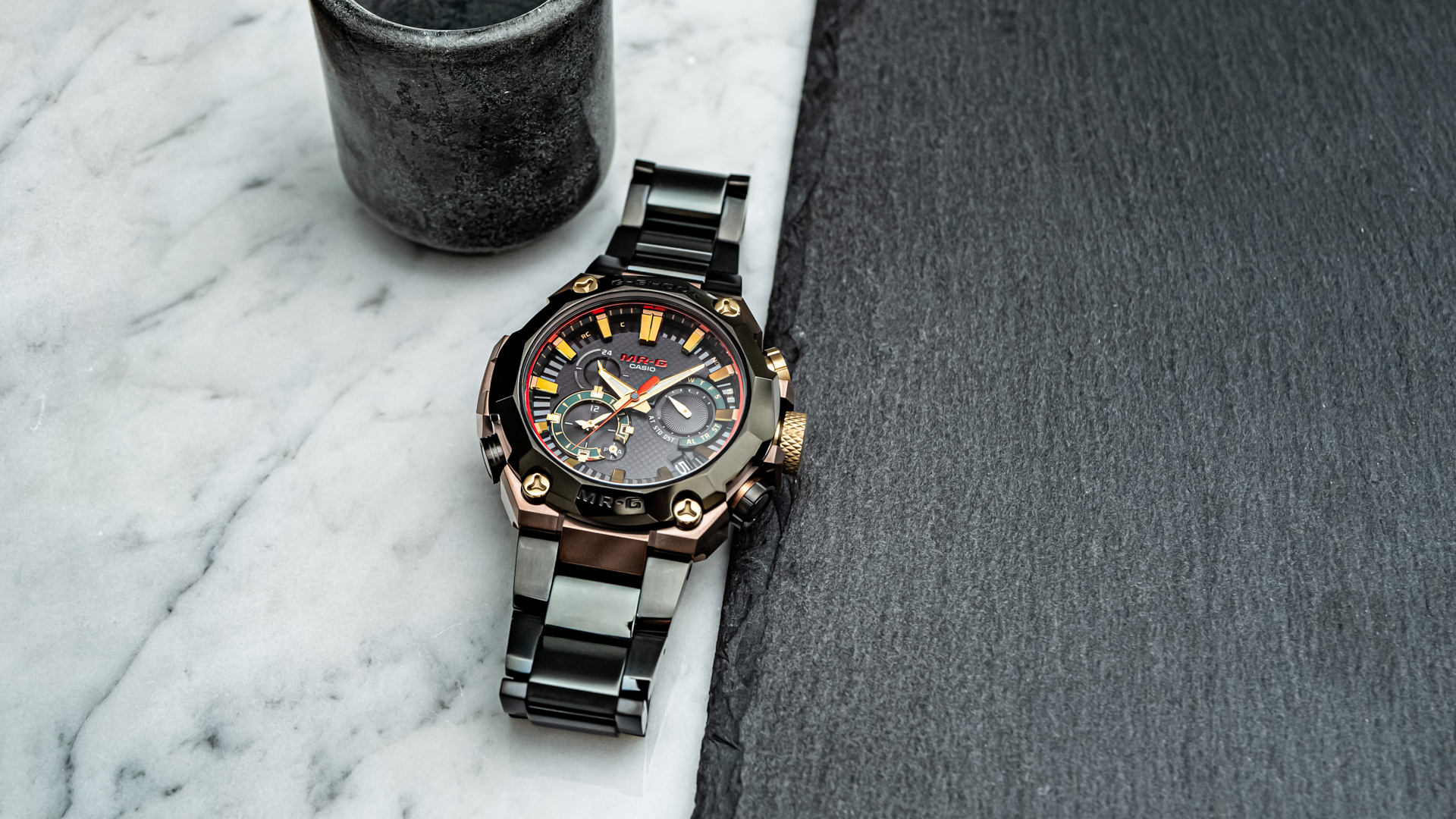
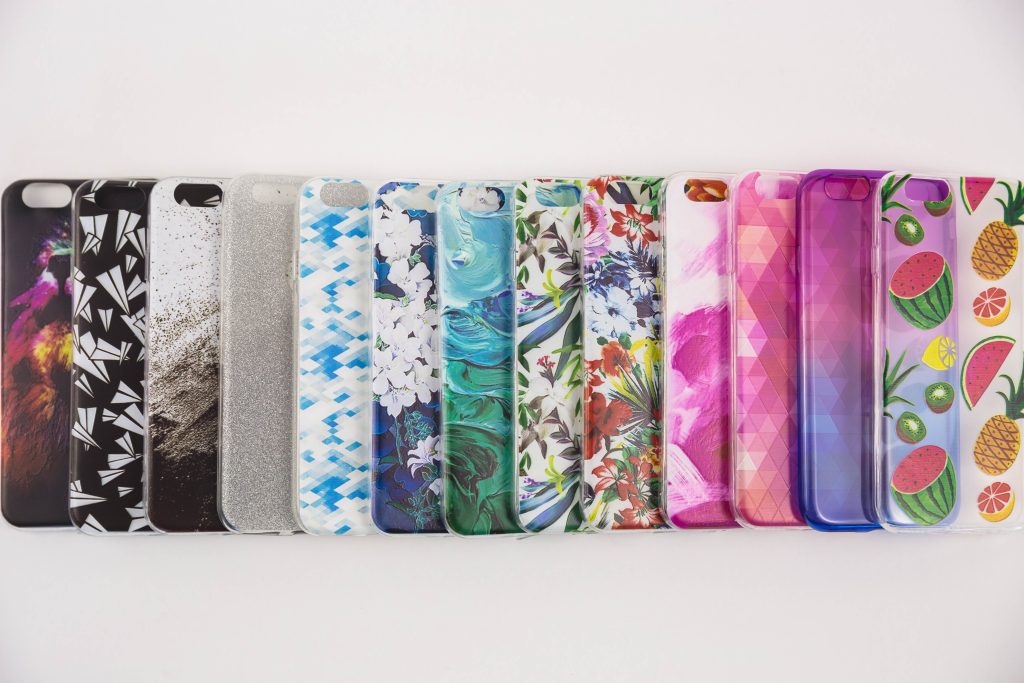

Comments